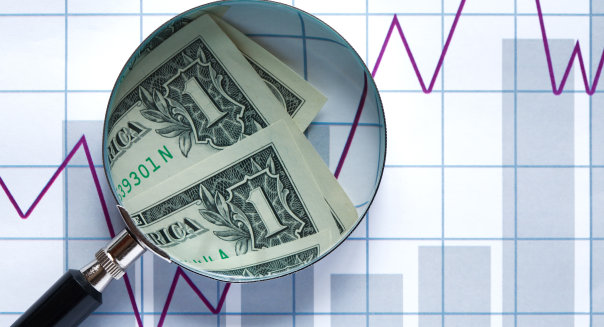
The Dow Jones industrial average (^DJI) may be older and better known, but the Standard & Poor’s 500 index (^GPSC) is where the action is. Market pros say it is much more representative of the economy, and it attracts billions and billions of dollars of investor money through mutual funds that track it.
The S&P 500 used to track the stock of 500 large companies. But the index now has 502 stocks, and it will soon have 505. It’s sort of a stock market riddle: how does a 500 index have 505 stocks but only 500 companies?
The managers of the index have changed the methodology they use to include both issues of some companies that separate their stock into two classes. That’s not the same as a stock split. If you held 100 shares of a company that declared a two-for-one stock split, for example, you would end up with 200 shares, but the value of each share would be cut in half, so the total value of your investment would remain the same.
But when there are two classes of stock — usually Class A and Class B — the investing public usually owns one, and the company founders often own all or most of the other class. The intent is typically to guarantee that the owners retain full control of the company by giving their shares super-voting powers. In return, the other class of stock often carries a higher dividend payout.
Two Classes for Google, Discover
In the past, S&P has included only the class of shares that the general public could invest in. But last year, S&P decided to include both classes of shares for Google (GOOG) (GOOGL) and Discover Financial (DFS) (DISCA). “It makes a difference to portfolio managers and companies that emulate the index, like Vanguard and Fidelity,” according to Howard Silverblatt, senior index analyst for S&P Dow Jones Indices. But he says it has no cost and very little impact on individuals who invest in a mutual fund that tracks the index.
In addition to Google and Discover, three stocks representing a second class of shares will be added this September: Comcast (CMCSA) (CMCSK), 21st Century Fox (FOXA) (FOX) and News Corp. (NWSA) (NWS).
“We’re emulating the market more precisely,” said Silverblatt. “This better represents the actual issues in the whole market, emulating it right down to the sub-industry level.” He says “these different classifications of stock trade differently, thus have different results, giving a better representation of the market.”
But Not for Berkshire Hathaway
But it’s not automatic that both classes of a company’s stock will now be included in the index. In fact, 13 companies in the S&P 500 have multiple classes of stock, but only the five already named will have both included in the S&P 500. The biggest name that has two classes of stock but only one listed is Berkshire Hathaway (BRK-A) (BRK-B), the giant conglomerate run by Warren Buffett. Silverblatt said Berkshire and the others do not meet liquidity and other criteria needed to include both classes of stock.
Sometimes the two classes are priced very similarly. Both classes of Google trade in the mid-50s. But one class of Discover shares trades in below 30 a share, while the other is in the upper 50s. And Berkshire Hathaway has the world’s highest-priced stock, with the Class A shares recently priced above $222,000 a share, while the Class B shares traded below $150.
So should we start calling the index the S&P 505? Silverblatt says no. “When we added Google, we told systems not to code it 501. You’ll regret it,” he said. “It’s a changing issue. It could go up again or it could go back down.” But he says the S&P 500 will always include just 500 companies.
•How to Get the Most From Your Airline Miles
•Parental dilemma: Save for kids’ college fund or retirement?
•Weddings Cost a Small Fortune – for the Guests, Too


Leave a Reply